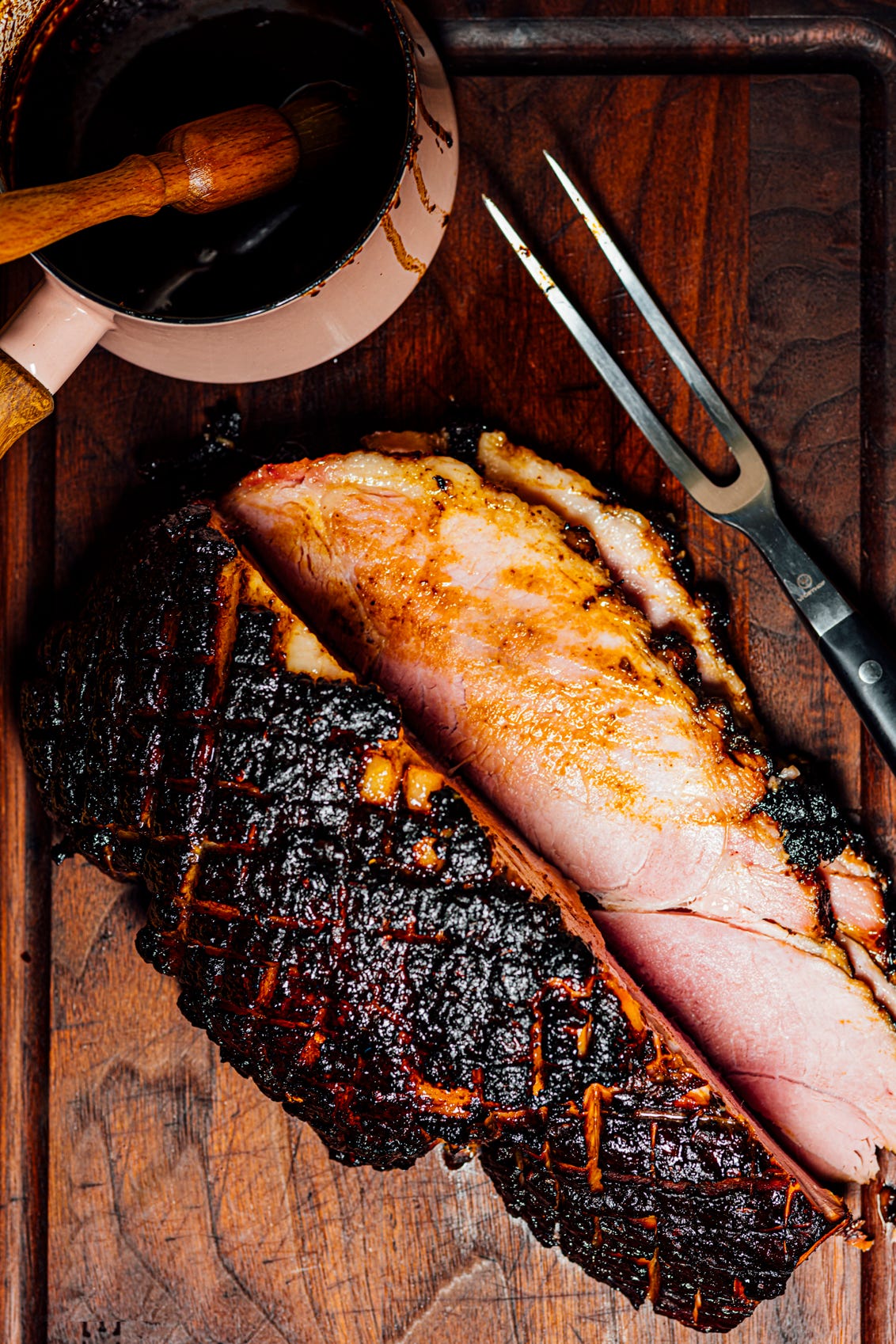Welcome to a new edition of The Flavor Files! I’m thrilled you’re here, and if you haven’t signed up yet, let me nudge you to join. Access to my recipes will always be free; use the Recipe Index to find something tasty. A special heartfelt thank you to all my paid subscribers who generously support my work and research.
This week, there’s a lot of interesting food genetics in the news.
This one isn’t about genetics, but you’ll find it helpful. Over the years, I’ve received many questions about the stuff I use in my kitchen. To make it easier for you to find them in one place, I’ve created a new spot on my site called RECS (top menu bar tab)- here, you’ll find links to all my favorite cooking appliances, tools, and pantry items I keep and use at home. I’ll add more stuff over time and update it regularly.
I’ve wondered about the regulatory aspects of cell-based meat - how do inspectors evaluate the quality and safety of these new foods? The FAO/Food and Agriculture Organization of the United Nations recently published an extensive global report on this topic. Some things they’ll recommend looking out for during the production of these cell-based foods are microbial contaminants, allergens (both ones that we know about but also new ones that might be created during processing), chemicals, microplastics and nanoplastics, heavy metals, etc. Some of these issues can arise during the sourcing of the cells and materials, but they can also arise in the lab during processing and production. No doubt, this will be an interesting topic to watch and see how efficiently this gets regulated in different parts of the world as we await results from long-term studies.
On a related note, gene-edited crops and animals will now be produced in England using CRISPR/Clustered Regularly Interspaced Short Palindromic Repeats. CRISPR gene editing is a method used to change DNA sequences. This has a lot of interesting applications, like growing wheat strains with low asparagine levels that reduce the amount of acrylamide (a known carcinogen produced from asparagine) from being produced. Some of these applications will still take several years to see or use, but it’s another interesting topic to watch because of the different possibilities and implications.
I’ll be available live today at 4 pm PST on Substack’s Chat feature for 30 minutes to answer all your menu planning and cooking-related questions. The Chat is open to all paid subscribers of The Flavor Files, and if you’d like to join, use the subscription tab to upgrade. Come say hi!
Keep reading with a 7-day free trial
Subscribe to The Flavor Files to keep reading this post and get 7 days of free access to the full post archives.




